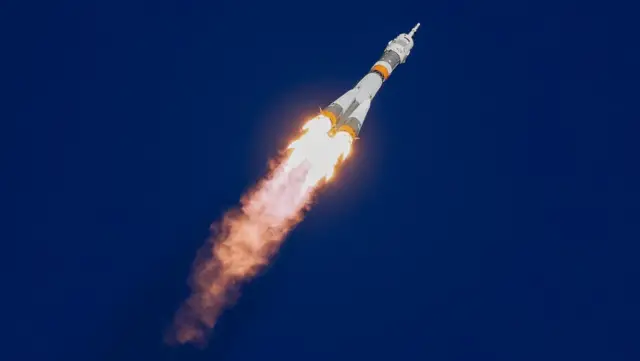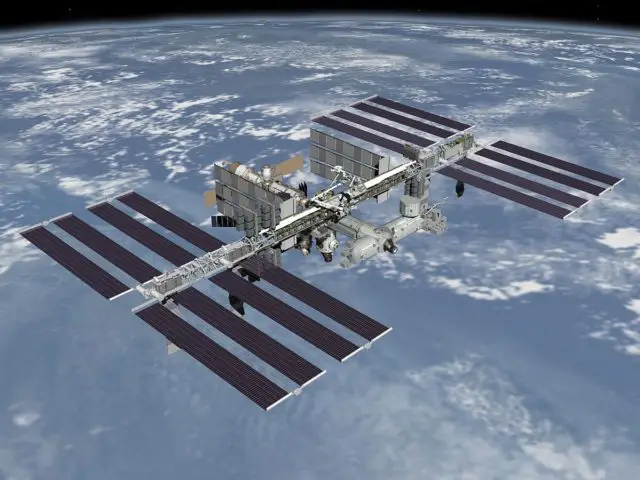The Soyuz MS-11 capsule, with 3 astronauts on board, was “successfully” attached to the International Space Station (ISS), the first manned mission since the failed October launch. The Russian Oleg Kononenko, the American Anne McClain, and the Canadian David Saint-Jacques had departed hours earlier on board the ship from the base of Baikonur, Kazakhstan.
The coupling took place at 17:36 GMT to start a 6-and-a-half-month mission in orbit around the Earth, the Russian space agency Roskosmos announced on Twitter. The takeoff of this Monday was highly anticipated, since it is the first to take place after the unsuccessful attempt on October 11th.
“Expedition No. 58 is in orbit! I show my appreciation to the CEO [of Roskosmos] Dimitri Rogozin and to all the NASA and Roskosmos teams for their efforts to make this flight a success”, Jim Bridenstine, NASA’s general manager, said on Twitter after the announcement of the launch. The astronauts Kononenko, McClain, and Saint-Jacques were smiling during their entry to the Soyuz capsule, just before the launch, according to NASA TV images.
The 3 astronauts had assured on Sunday that they were “prepared” and had “confidence” in the success of the takeoff. “The risk is part of our job,” said Commander Kononenko, 54, who has 3 space flights behind him. The Canadian David Saint-Jacques, who was especially happy, sent kisses to the public that came to greet them before the launch.
On October 11th, the launch of the Soyuz rocket, which had to take 2 astronauts to the ISS, was a failure. A pair of minutes after takeoff one of the propellers of the 1st stage of the rocket took off and hit the 2nd stage, essentially composed of fuel.

This failure caused the automatic ejection of the part where the capsule was with the 2 men, who were able to return safely to the ground. But this accident, the first in post-Soviet Russia, questioned the Soyuz space program.
Initially scheduled for December 20th, the space launch was advanced to Monday to ensure a permanent presence of astronauts in the ISS, given that the current team must return to Earth on December 20th.
After arriving at the space station, the astronauts will face several missions, for example, making an exploration of the hole discovered in August in one of the Soyuz ships moored to the ISS. They will also participate in a study on tiny worms to examine the loss of musculature that affects astronauts in space.

To carry out this experiment, designed by scientists from the British space agency, about 360,000 “Caenorhabditis elegans”, small transparent worms one millimeter in size, will be transported to the ISS. This study aims to allow a better understanding of the atrophy that muscles suffer from aging.
On the other hand, David Saint-Jacques defended that the space rocket is “very safe”. After the failed October launch, the astronauts “returned to Earth safe and sound. In a way, this episode reassures me about the intelligence of Soyuz and the incredible work of the research team here on Earth”, explained Saint-Jacques, 48.
A few weeks after the accident, the commission of inquiry concluded that there was a “deformation” of a sensor during the assembly of the Soyuz rocket in Baikonur. The failure in this release reflected the difficulties of the Russian space industry.
The construction of the new Vostoshny cosmodrome was marked by numerous cases of corruption and the Russian court of accounts accused Roskosmos at the end of November for the disappearance of several hundred billion rubles “stolen”. The Russian Soyuz program is the only way to get to the ISS after the United States withdrew from the space race in 2011.
The ISS orbits around the Earth at 28,000 kilometers per hour since 1998.

